Much can be said about our project fieldwork but not that we ever travelled light. Why? Because, apart from some extra clothes, which were to protect us against the fickle Arctic weather, we also had to carry:
- flare guns and rifles in case of a not-that-pleasant encounter with a polar bear
- sharp knives to deal with uncooperative beach litter
- hand saw for cutting ropes and nets
- first aid kit to patch each other up should things go wrong
- VHF radiophone and satellite phone to call for help should things go VERY wrong
- GPS devices, which we used to mark interesting litter findings and which came in handy when poor visibility dulled our sense of direction
- paper forms, where we wrote down additional litter information
- cameras
- work gloves
- rubbish bags and an ample supply of big bags, which made it easier to set up litter depots
- hot tea and a bite to eat.
In other words, we had plenty to lug around even before we filled our bags with plastic containers, glass bottles, Tetra Pak cartons, shoes, floats, ropes, tubes and other junk picked up from the coast. We all carried heavy stuff. Continually, relentlessly, in various conditions, over difficult terrain and long distances. This is why one of the key requirements for joining the forScience team was – and will be in the future – immaculate health.
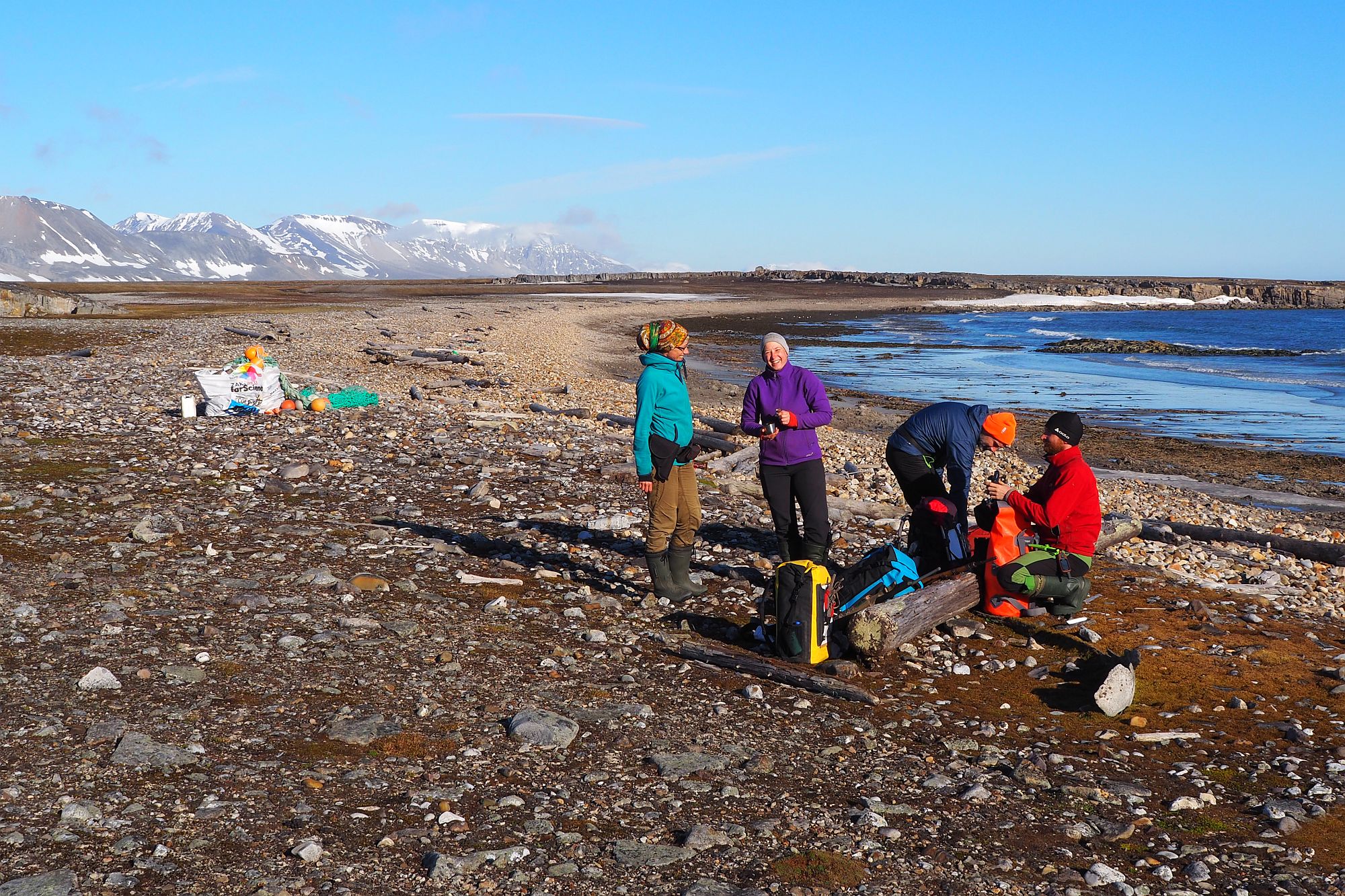
© Adam Nawrot, forScience Foundation
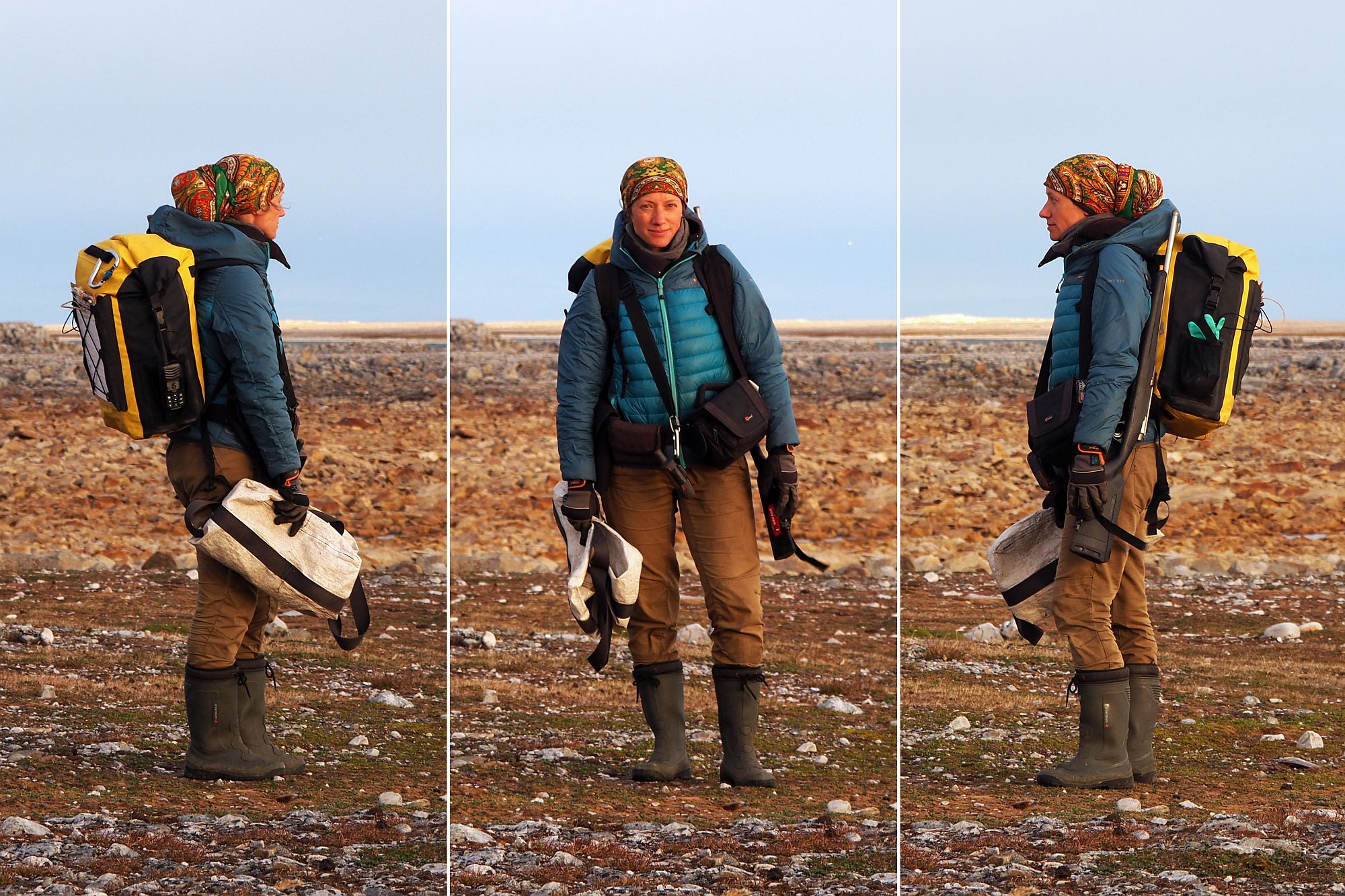
© Adam Nawrot, forScience Foundation
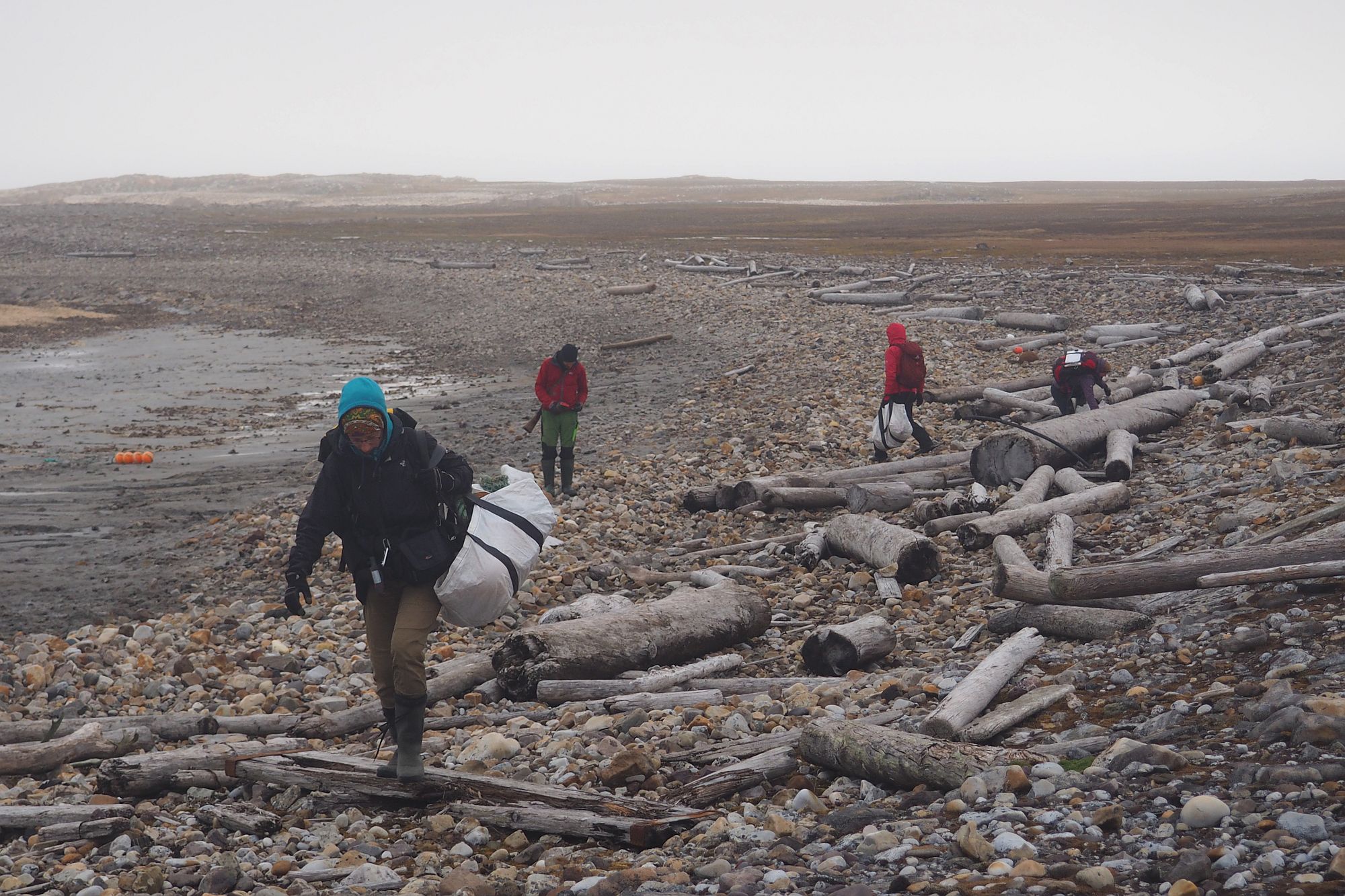
© Adam Nawrot, forScience Foundation
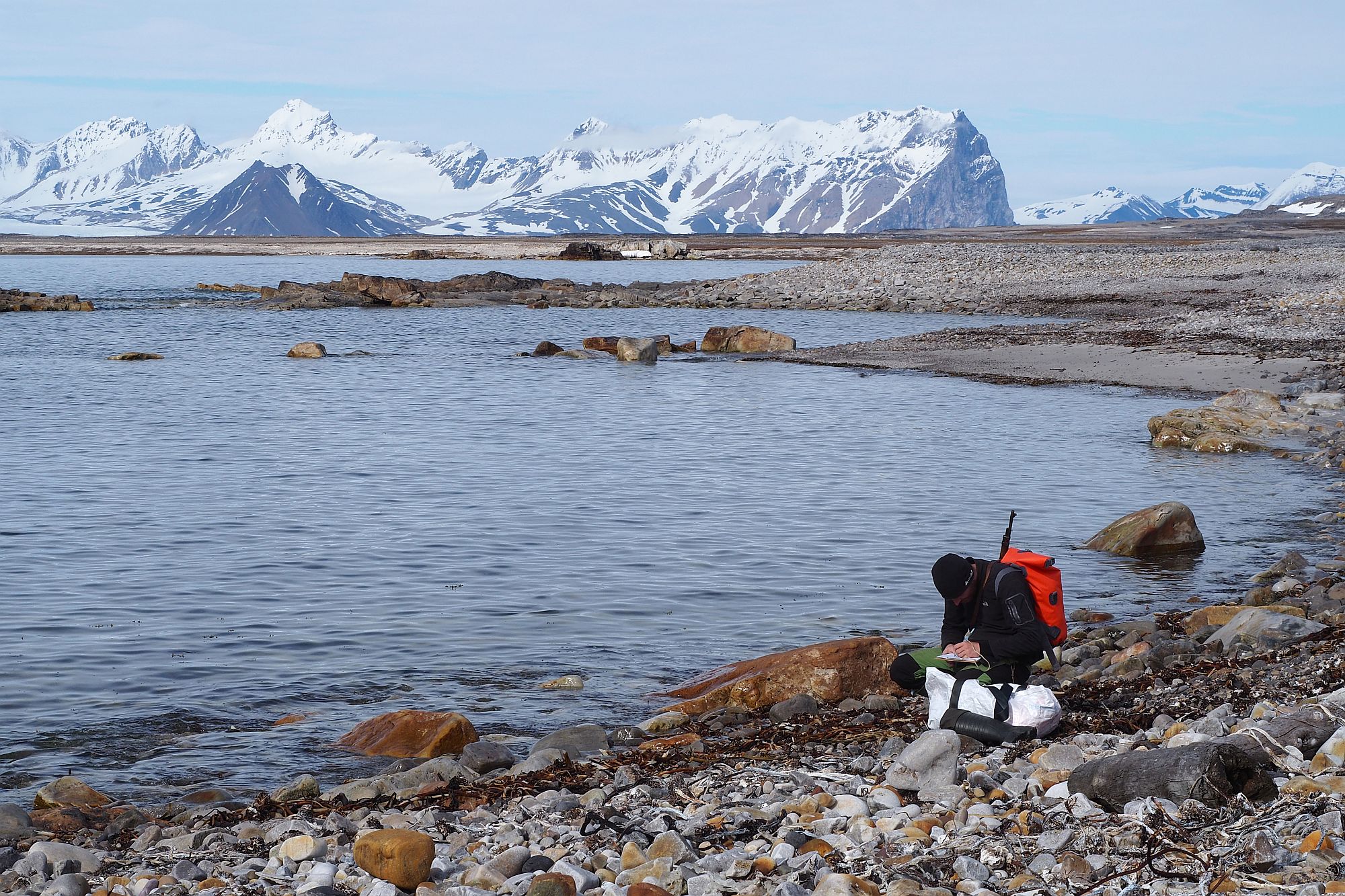
© Barbara Jóźwiak, forScience Foundation
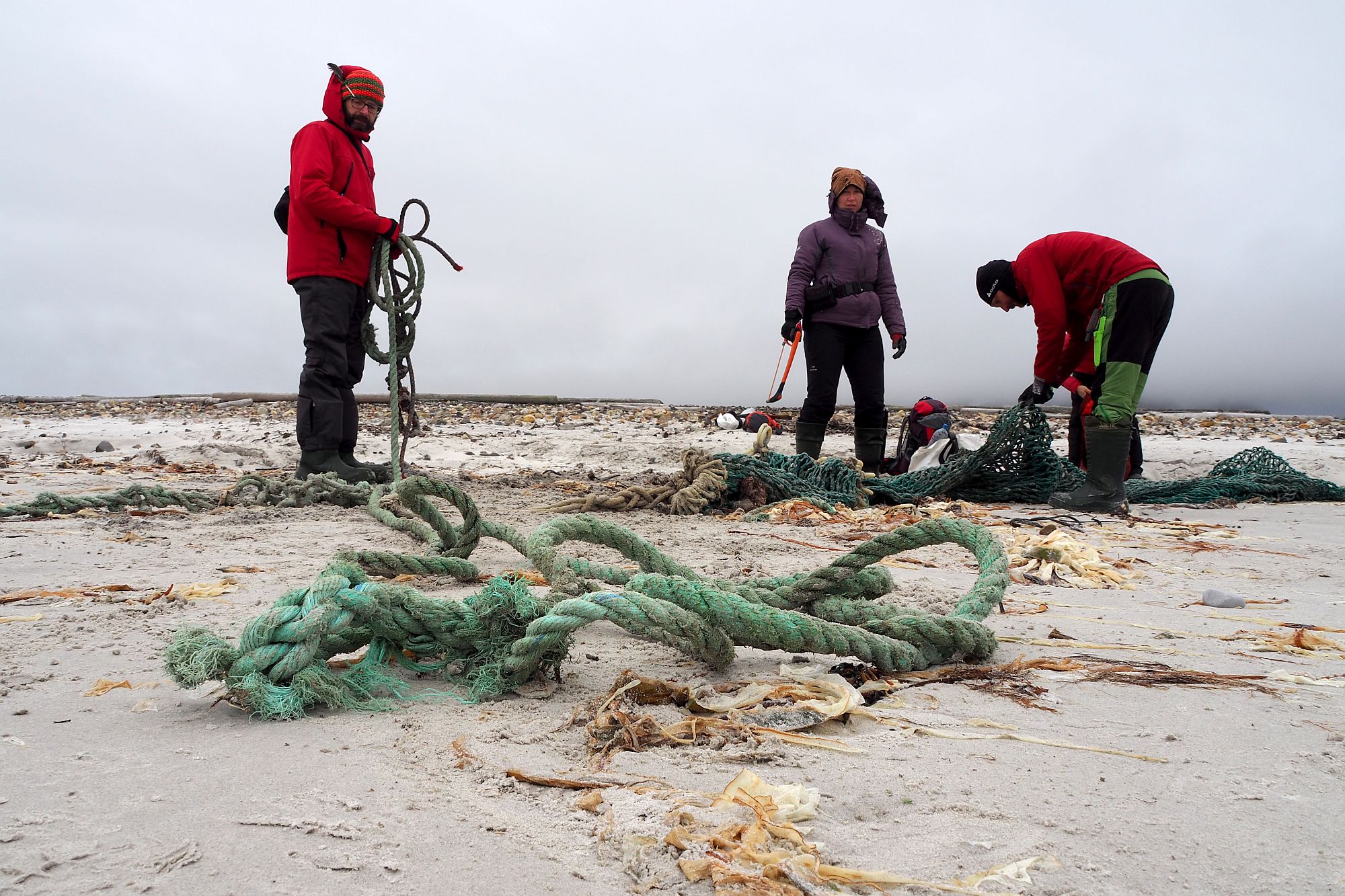
© Barbara Jóźwiak, forScience Foundation

© Adam Nawrot, forScience Foundation

© Adam Nawrot, forScience Foundation
And when we finally headed out into the field and were over the moon that there were only a few odd pieces of litter on the beaches cleaned during the first round of fieldwork and we could plainly see that our work was making a difference and we hoped that this season the average amount of litter from each kilometre would be no more than 10… well, maybe 20% of what it was two years before, nothing ruined our mood as surely as Paweł with his “you have to see this”. Because even though “this” was nothing but another piece of beach litter, it was clearly of a higher litter league.

“This” turned out to be a thick rope caught between rocks and holding together fragments of fishing nets and several dozen plastic buoys.
© Barbara Jóźwiak, forScience Foundation
That, in a nutshell, was our first proper day of fieldwork. As it soon turned out, the rope that held together fragments of fishing nets and a few dozen plastic buoys had a thick steel core, which complicated things a whole lot and sent the weight statistics for this kilometre soaring. But statistics aren’t everything. Even though 120 kg (which is how heavy the thing was) is a lot, especially for an Arctic beach in the middle of nowhere, a single piece of litter, no matter how big, is still a very different story than hundreds of smaller litter items strewn all over the place. And we don’t mean just the visual aspect, but the fact that big litter often poses a smaller risk to local fauna. For one, it will definitely not get eaten and there is plenty of time to remove it off the beach before inevitable processes of degradation and fragmentation turn it into unremovable microplastic. Besides, big and heavy litter is less likely to get washed back into the sea, where it would pose a much greater risk not only to marine animals, but also to yachts and ships.
So now you know for a fact that big litter did not exactly make project fieldwork easier. But small litter was no picnic either. Luckily, we faced each litter challenge in excellent company, magnificent setting and high spirits, which – with another Monday upon us – we wish you, too.
Even though small litter items were easier to deal with than big ones, there were times they were no picnic either.
© Barbara Jóźwiak, forScience Foundation
It happened that the greatest challenge was not the litter itself, but its location. Cutting out nets and ropes caught between and under rocks was a fundamental part of our field routine. And although it was, no doubt, hard work, we all much preferred rocks to seaweed. Why? Because the dry crust forming on top of the latter serves as an airtight lid under which the fermentation process takes place, complete with a sickening stench, much like what you can get a whiff of during an ill-timed visit to the countryside. If this wasn’t bad enough, the smell goes hand in hand with a consistency too disgusting for words. Let’s just say that if hell existed, its deepest pit would be filled with seaweed from Sørkappland.
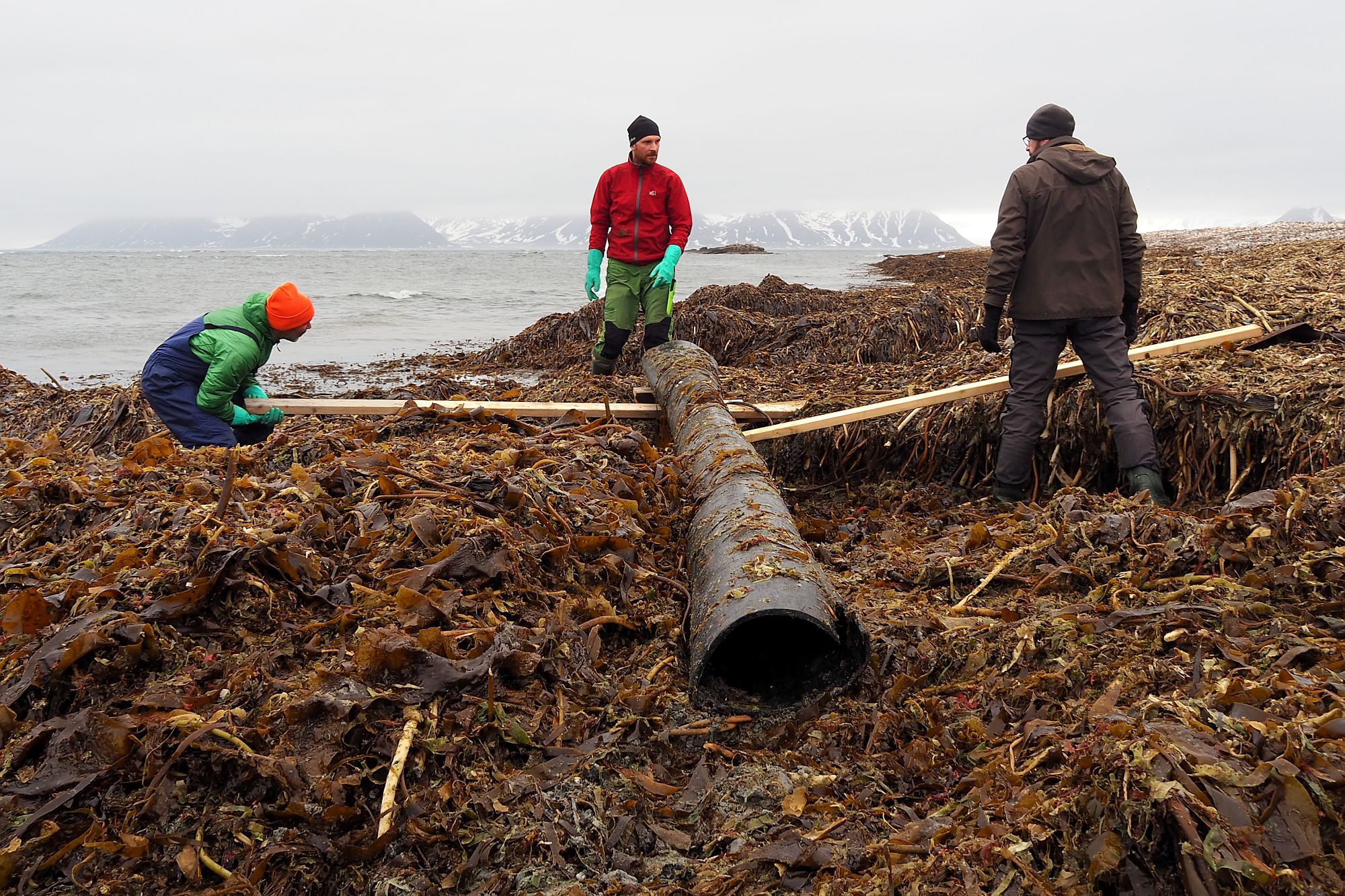
© Barbara Jóźwiak, forScience Foundation
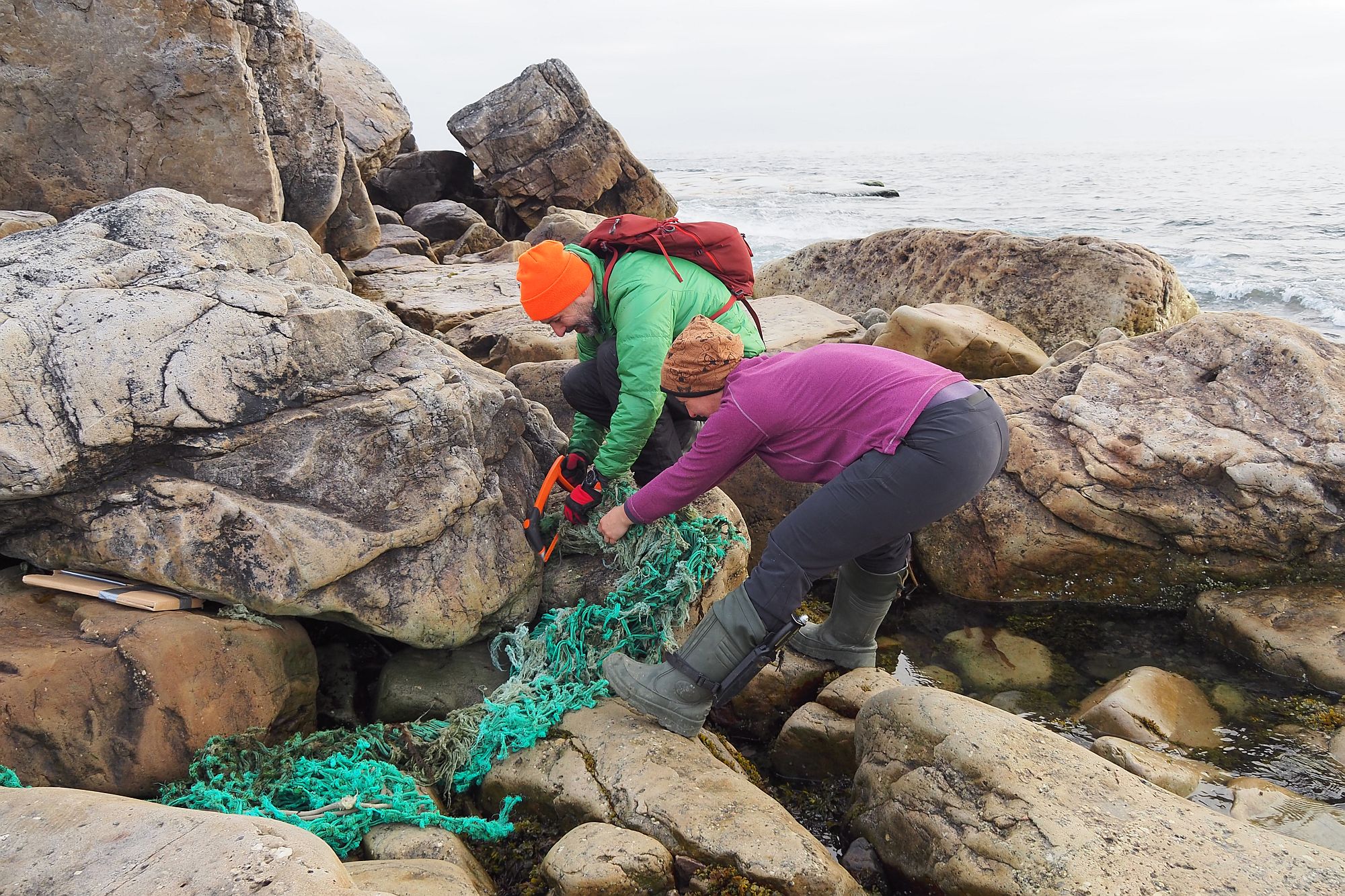
© Barbara Jóźwiak, forScience Foundation
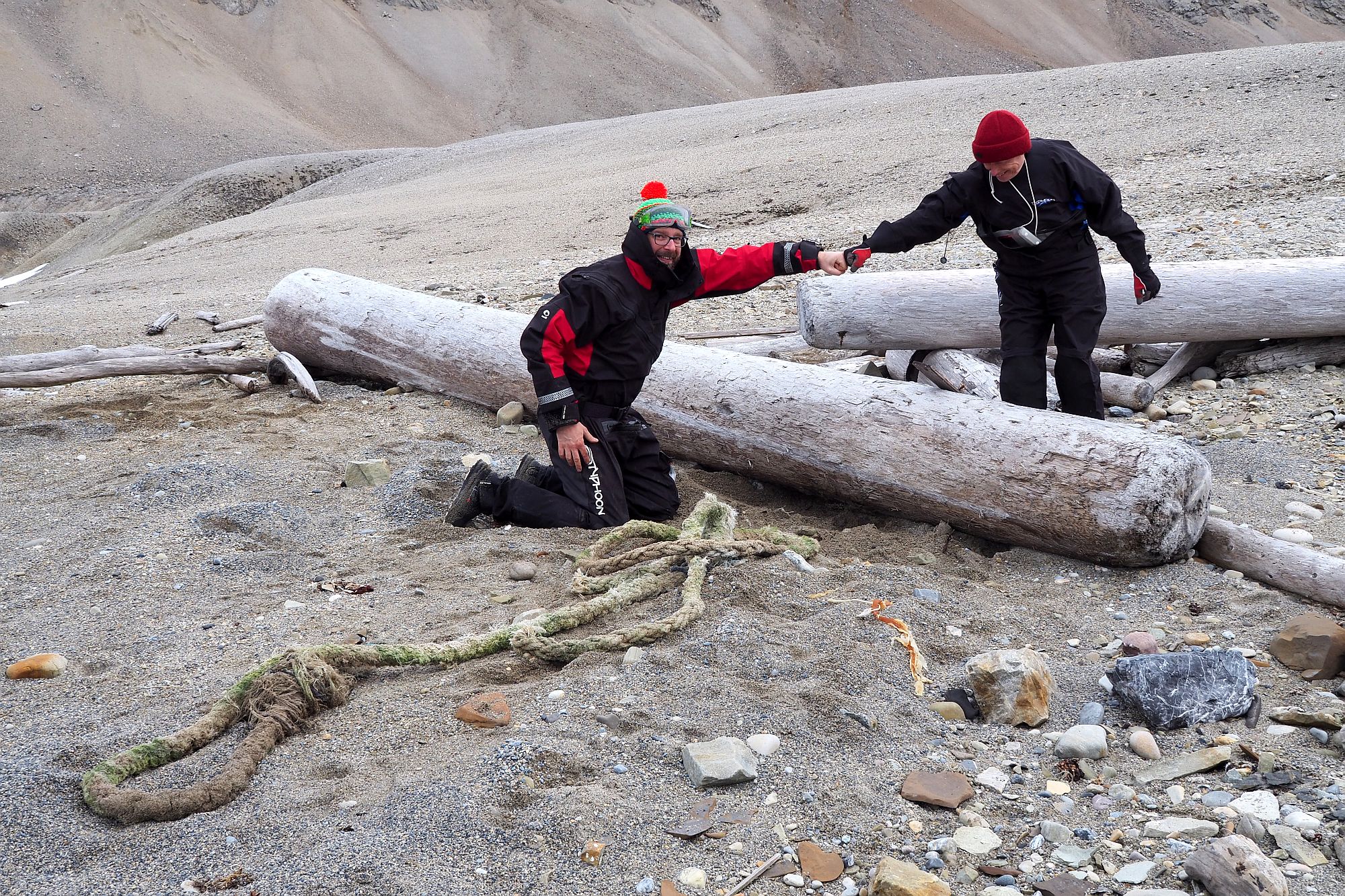
© Barbara Jóźwiak, forScience Foundation

© Barbara Jóźwiak, forScience Foundation

© Barbara Jóźwiak, forScience Foundation
In Arctic skirmishes with beach litter big and small we were always armed with two different kinds of rubbish bags, made specifically for this purpose by the team of BB Kite Buggy, who specialize in kite production and repairs. And it’s not just any old kites we’re talking here, but jaw-dropping flying works of art, including power kites used in kite buggying and kitesurfing. The bags they made for us were awesome for several reasons, but mainly because – in line with the Foundation’s anti-waste philosophy – they were fashioned out of used up fertilizer sacks and discarded car seat belts. Why was it so important for us? Because bags which hold the collected beach litter end up utilized along with their content. Due to complicated transport logistics in Svalbard, that’s just the way it is. For this reason, during the first round of fieldwork, when we only used brand new bags, we condemned a few dozen of them to premature perdition inside a waste incinerator when they were still in perfect shape. Needless to say, we did not like it at all. This year, therefore, to minimise the amount of unnecessary waste, we turned for help to BB Kite Buggy.
The material which arrived in their workshop as worthless plastic rubbish left in neat packages as fully functional expedition equipment. This had a positive impact not only on project budget but also on our mood, because the bags in which this year’s litter harvest departed from Palffyodden, were putting in some serious overtime, which no one really expected of them.
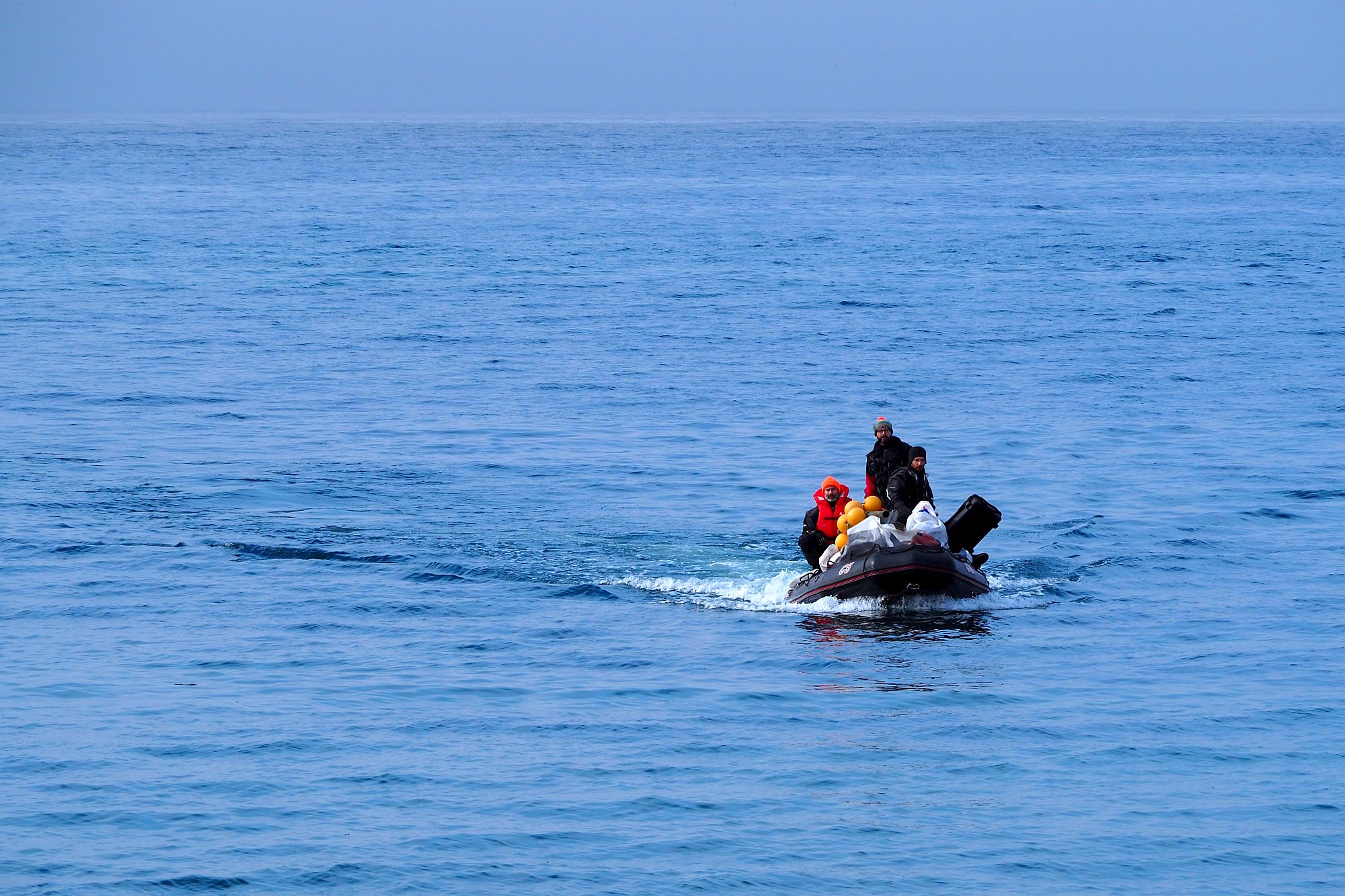
© Barbara Jóźwiak, forScience Foundation
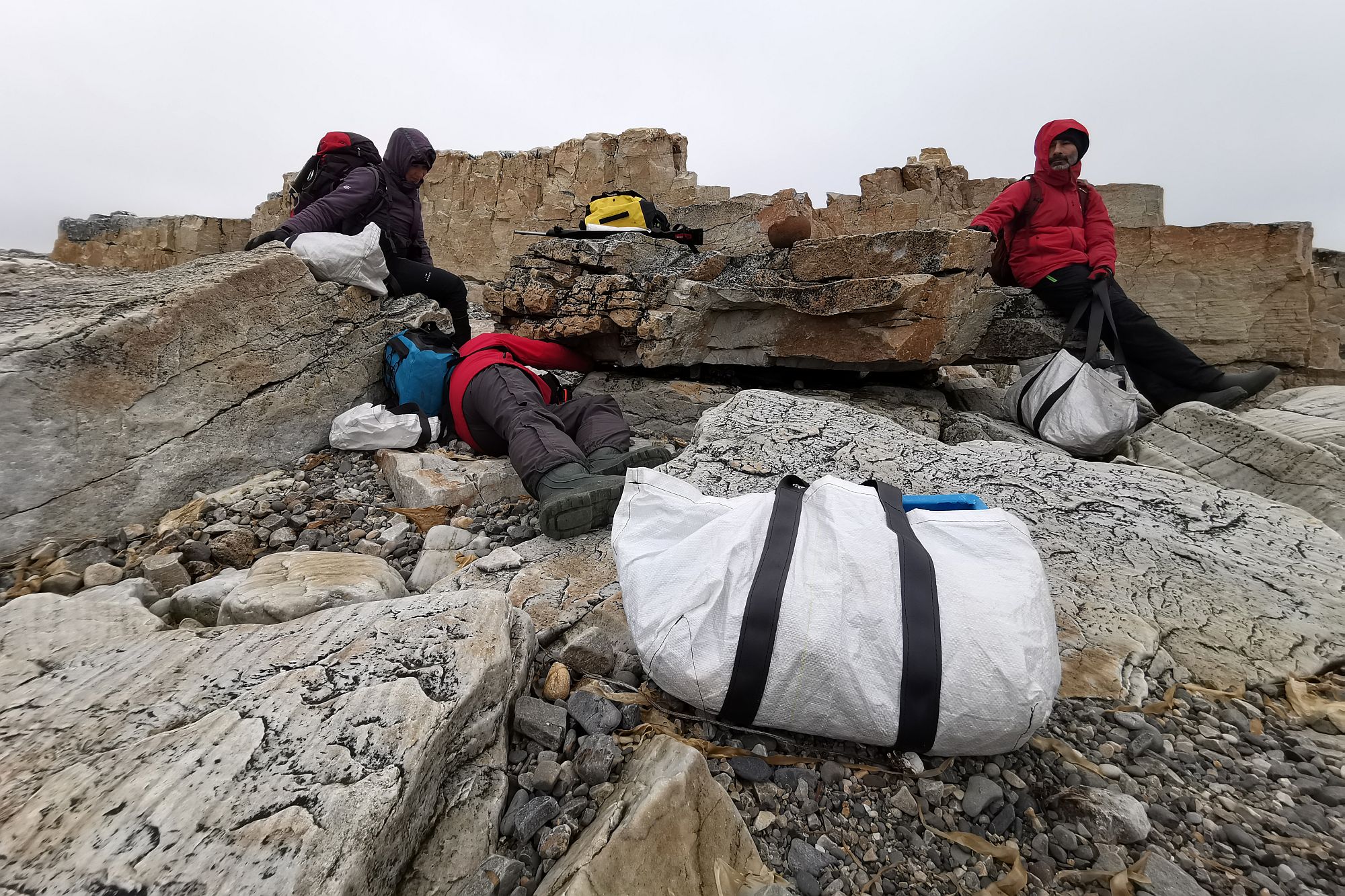
© Paweł Lewandowski, forScience Foundation
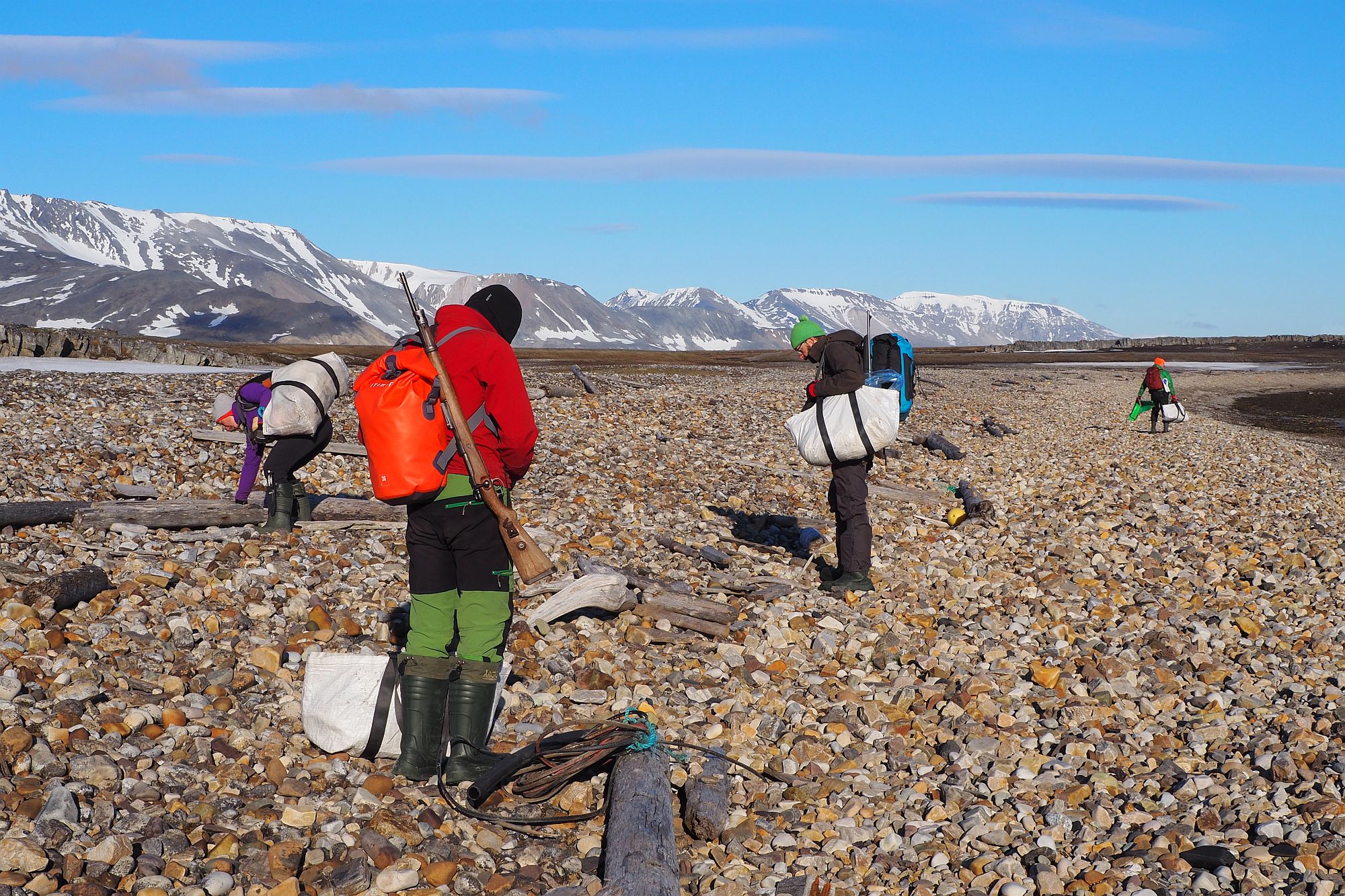
© Barbara Jóźwiak, forScience Foundation
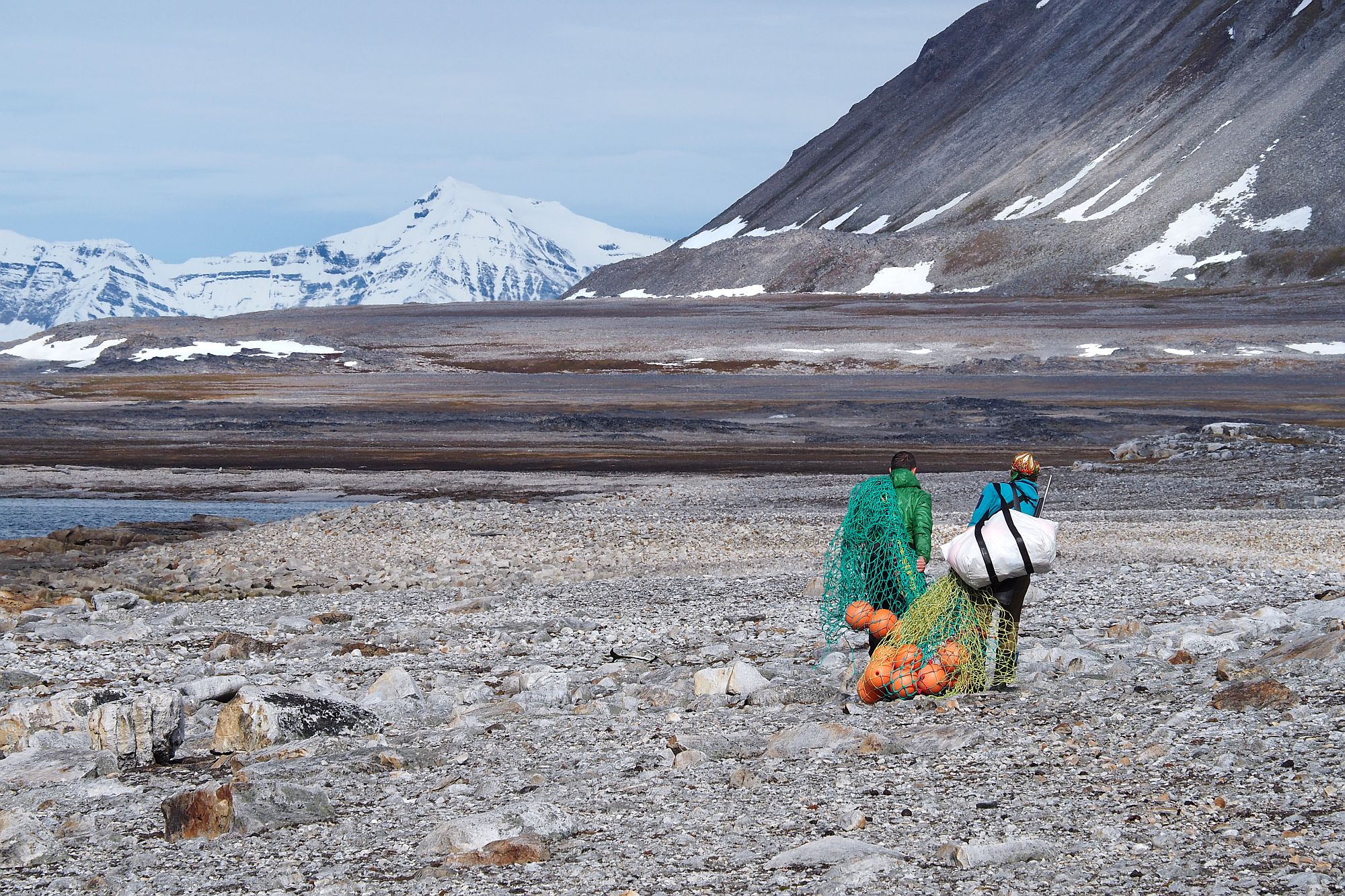
© Adam Nawrot, forScience Foundation
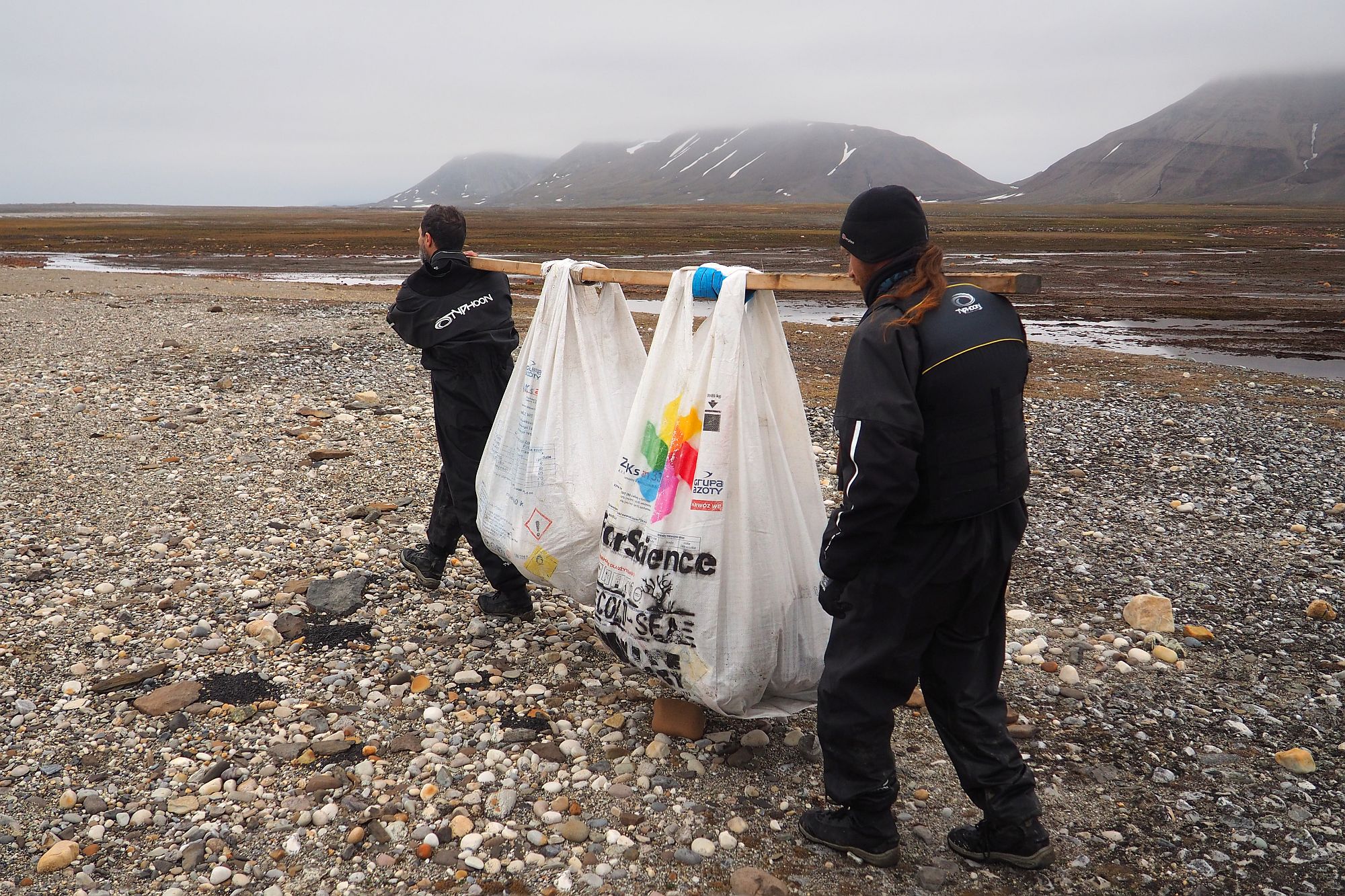
© Adam Nawrot, forScience Foundation

© Barbara Jóźwiak, forScience Foundation

© Paweł Lewandowski, forScience Foundation
While the rubber boat (borrowed, once again, from our friends at the Institute of Oceanology PAS) served the role of a garbage truck, the beach outside the Awfully Rotten Cabin was temporarily turned into a waste sorting plant and reloading terminal. It is there that the forScience team divided the litter from particular beach sections into several categories, weighed it and – after carefully recording the results (separately for each category and each section) put it back into big bags, this time in line with sorting guidelines received at the Longyearbyen waste management facility. The next and final step was to ship the litter out of Palffyodden, which would have been a mighty pain in the neck without the Norwegian Coast Guard or – more specifically – the crew of our favourite KV Nordkapp, which took care of the transport issue for us.
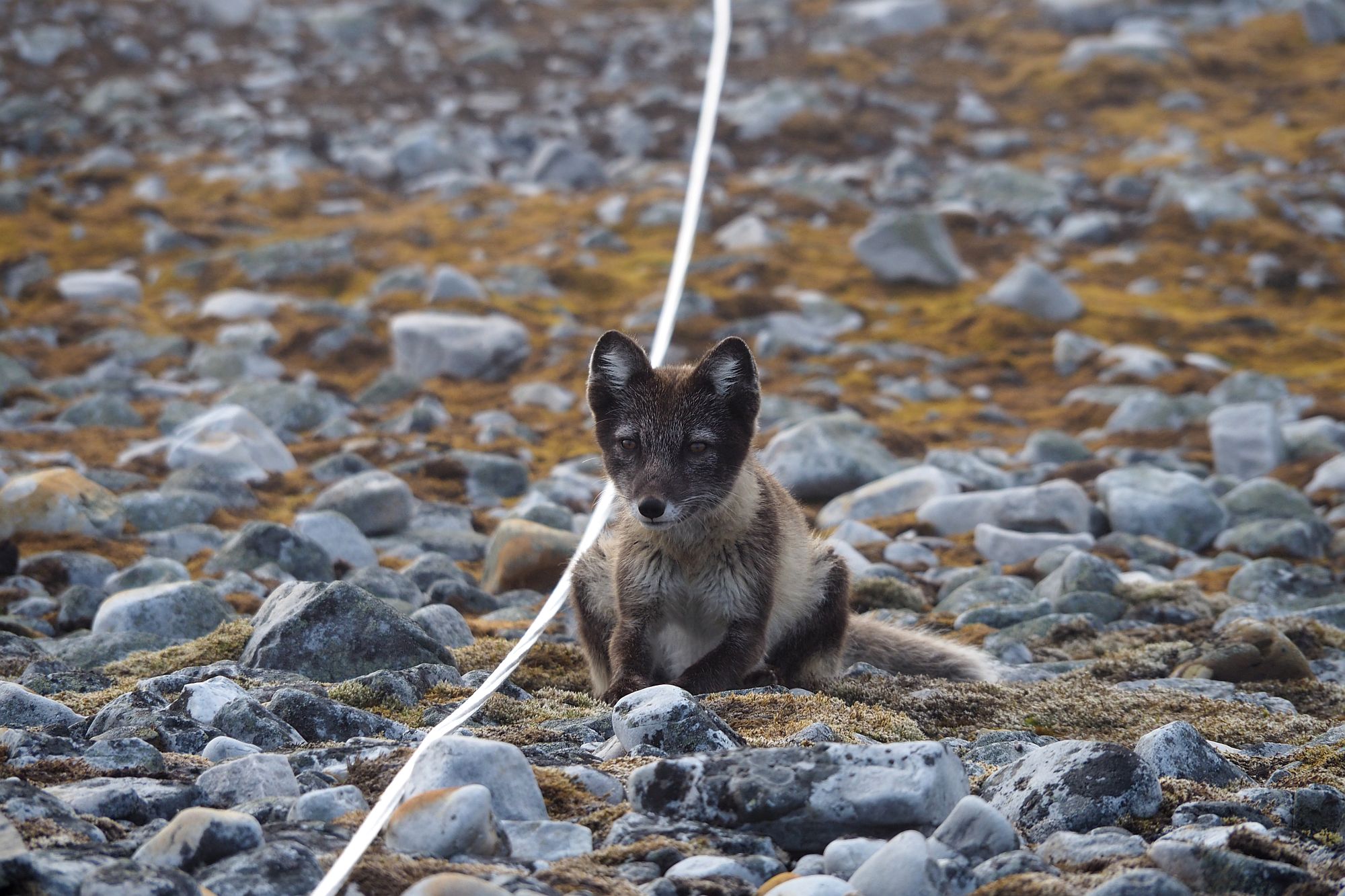
© Barbara Jóźwiak, forScience Foundation
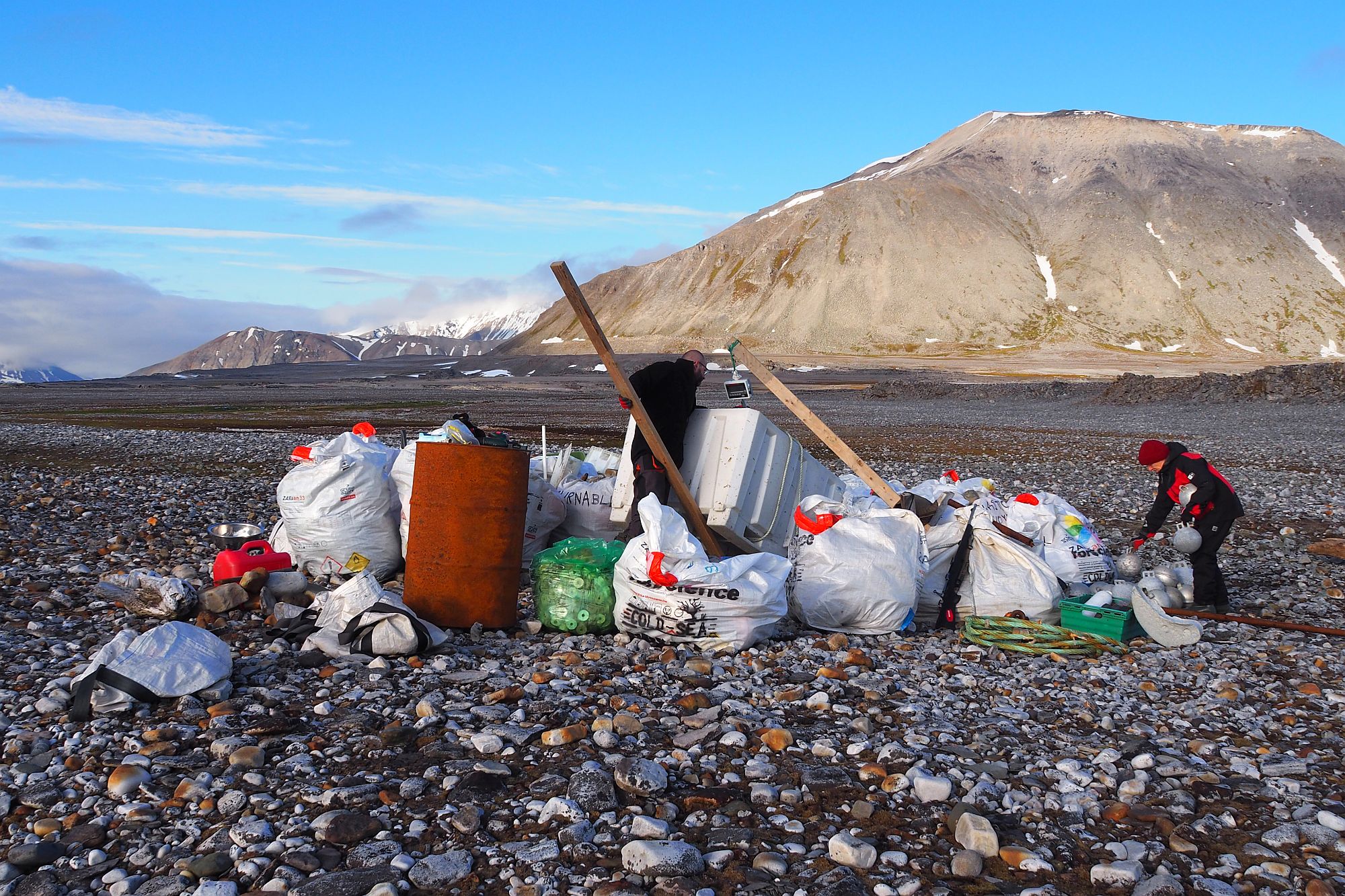
© Barbara Jóźwiak, forScience Foundation

© Barbara Jóźwiak, forScience Foundation

© Barbara Jóźwiak, forScience Foundation

© Barbara Jóźwiak, forScience Foundation
KV Nordkapp, which came to Hornsund to help with Sørkapp Marine Litter Cleanup, steered clear of Palffyodden, with its poorly mapped coast bristling with underwater rocks. Our polar sorting plant was instead visited by two smaller vessels and several crew members, who needed less than four hours to relieve us of this year’s bountiful litter harvest. And a few packets of Polish kabanos sausage.
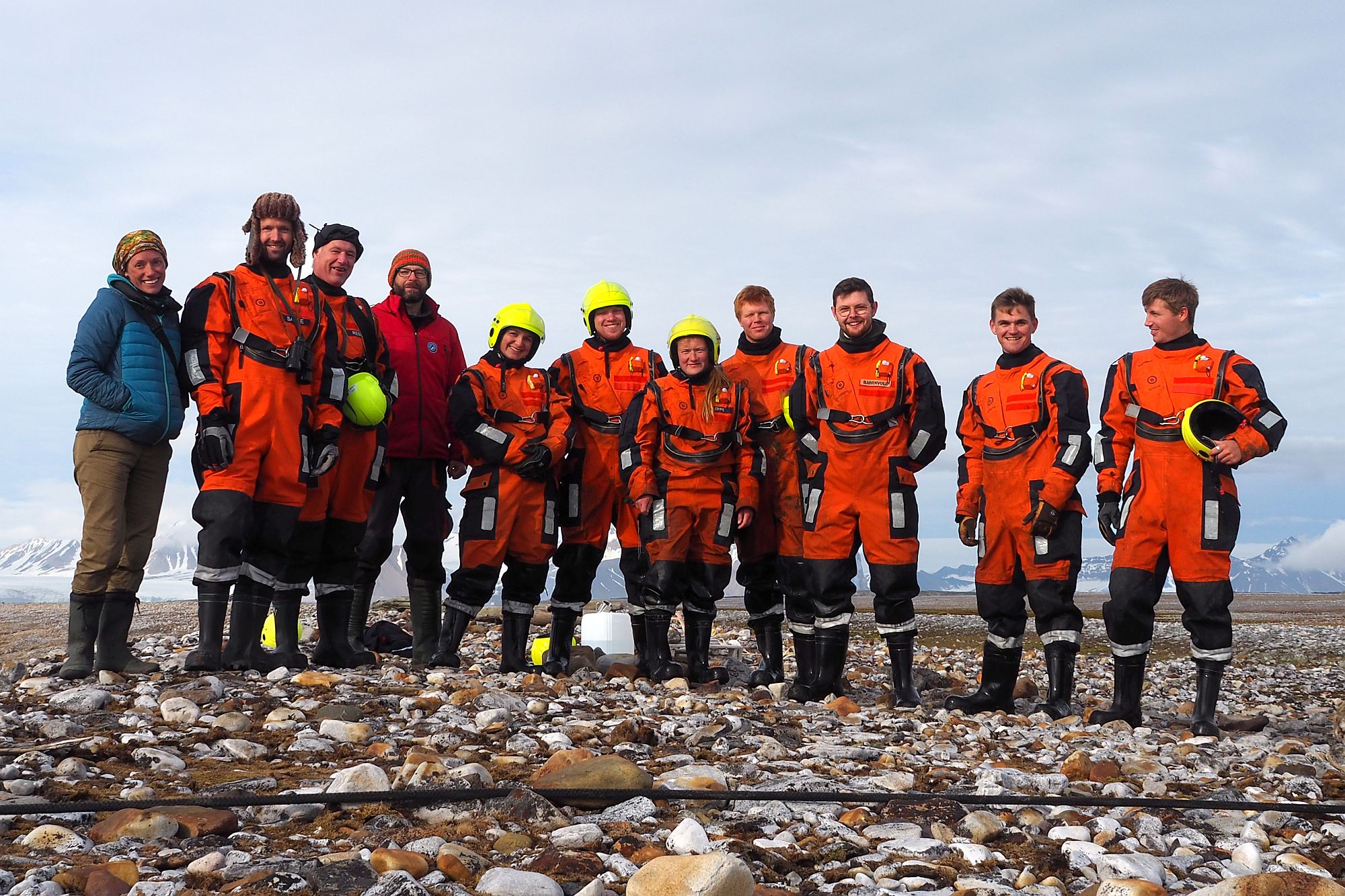
© Barbara Jóźwiak, forScience Foundation
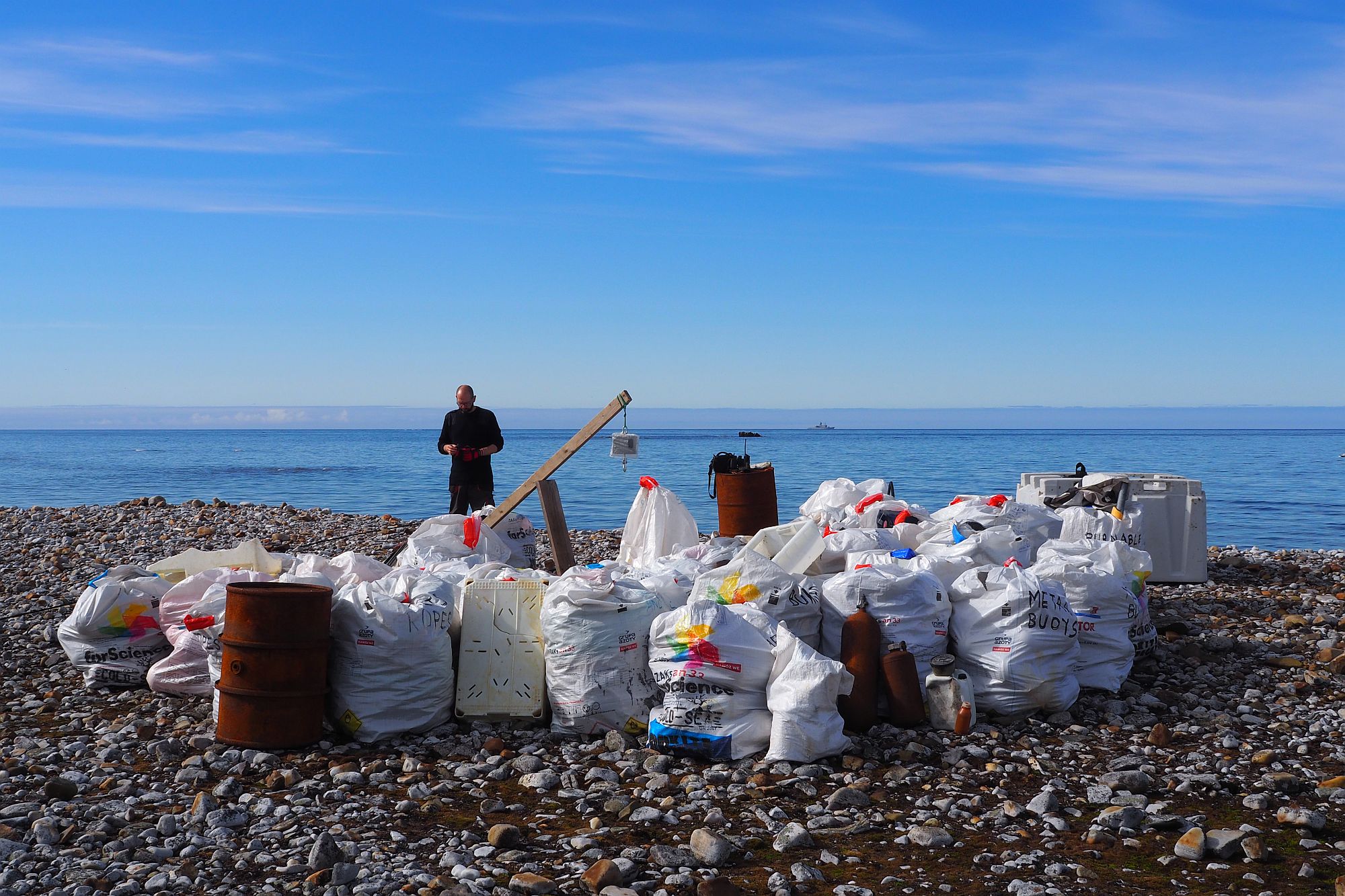
© Barbara Jóźwiak, forScience Foundation
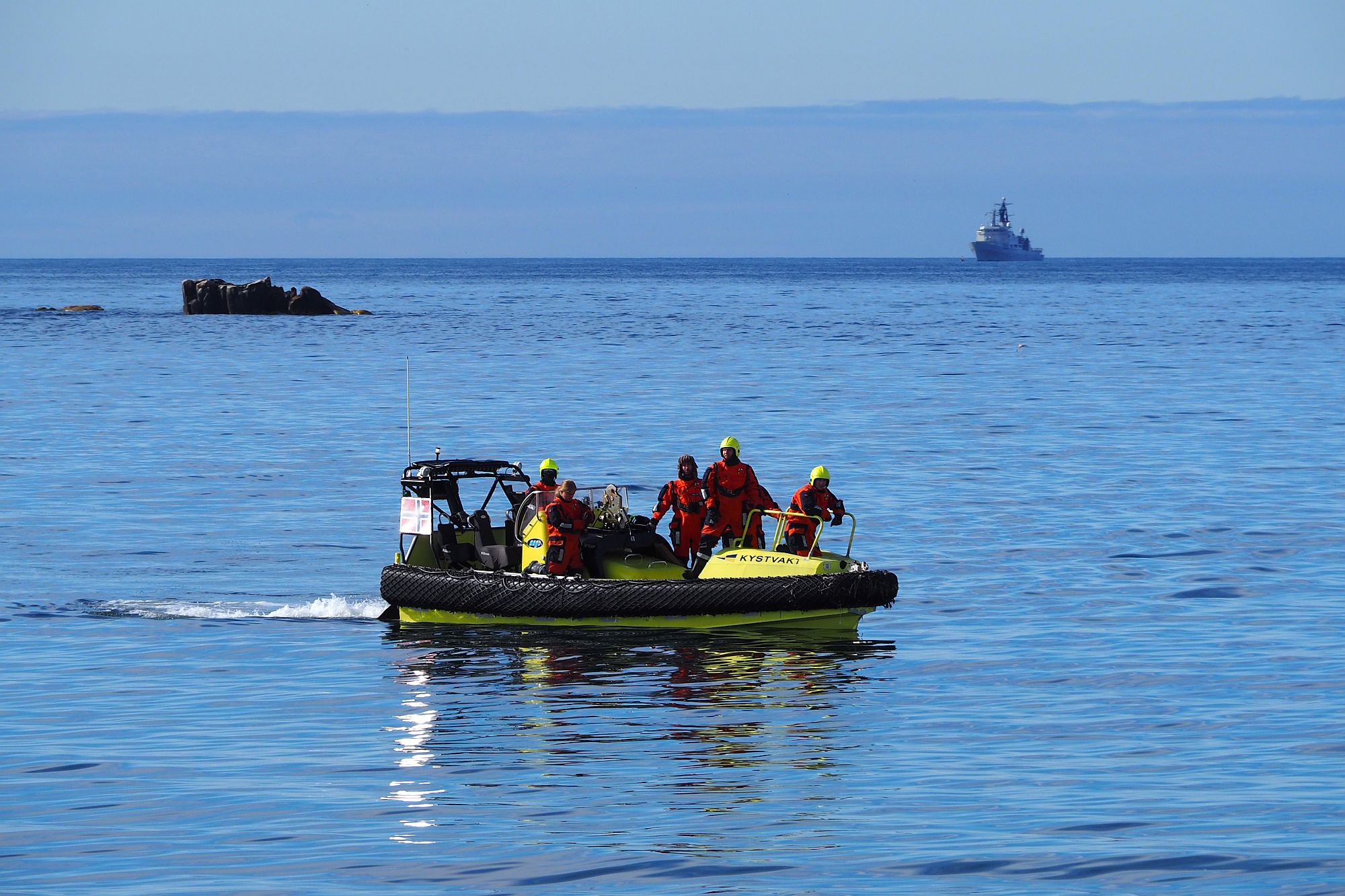
© Barbara Jóźwiak, forScience Foundation
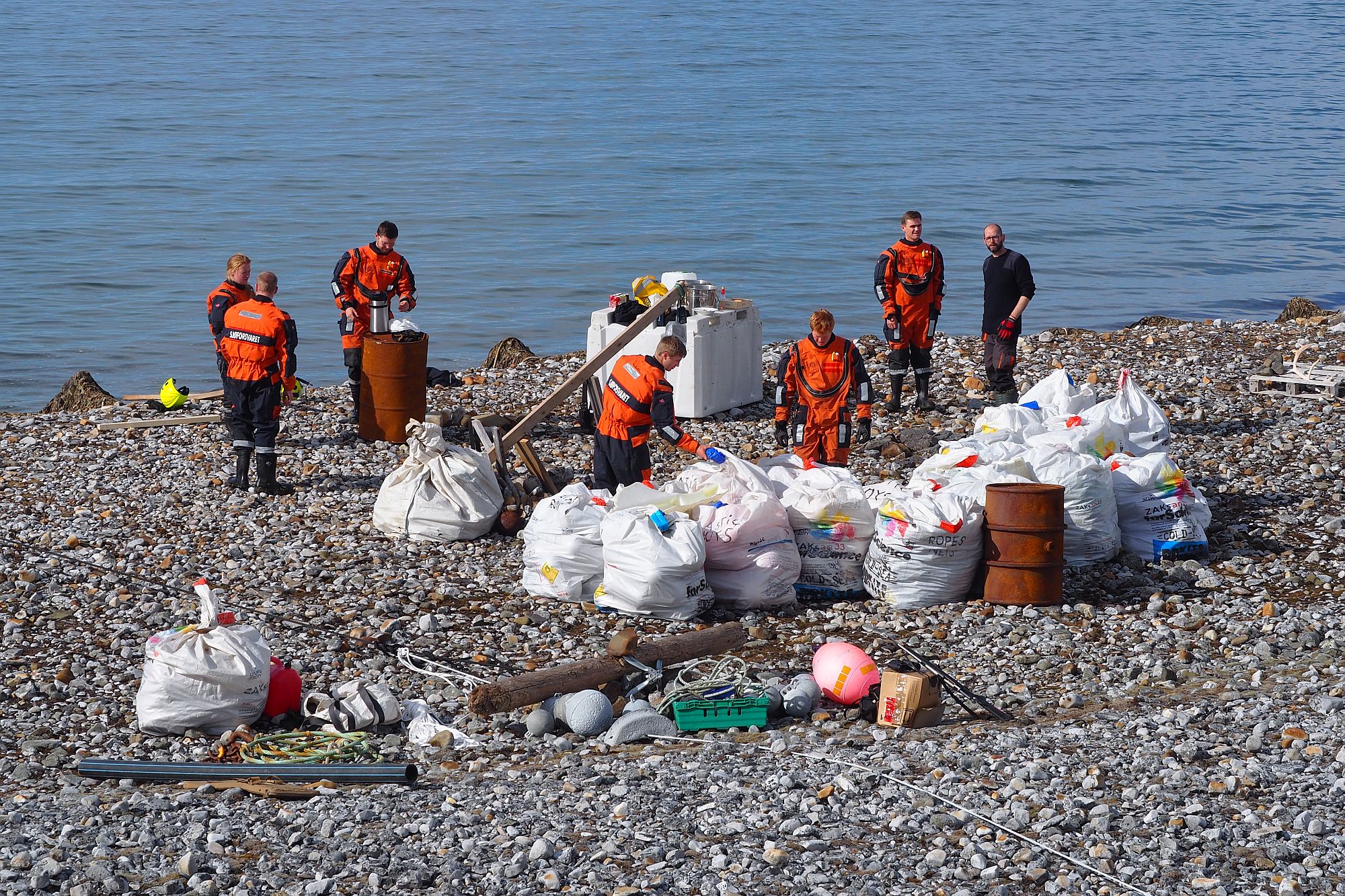
© Barbara Jóźwiak, forScience Foundation
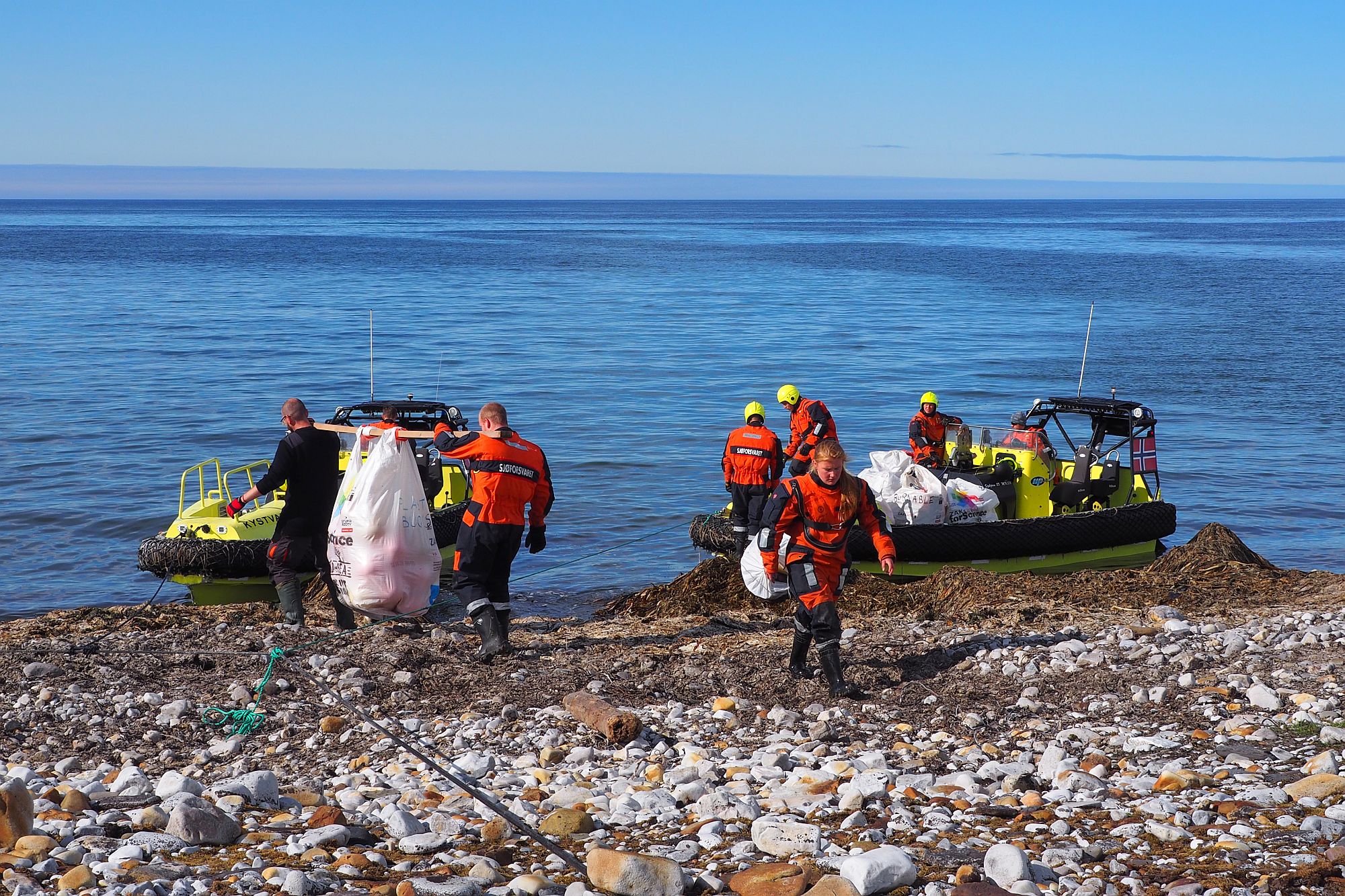
© Barbara Jóźwiak, forScience Foundation

© Barbara Jóźwiak, forScience Foundation

© Barbara Jóźwiak, forScience Foundation
The crew of KV Nordkapp taking away marine litter collected by the forScience team during the second round of Sørkapp Marine Litter Cleanup.
© Barbara Jóźwiak, forScience Foundation
The visit of KV Nordkapp was the icing on the cake of this year’s fieldwork and a perfect conclusion to the project’s practical part. And although there’s still a lot to do before Sørkapp Marine Litter Cleanup comes to a definite end, plans are already brewing for the project’s second edition.


